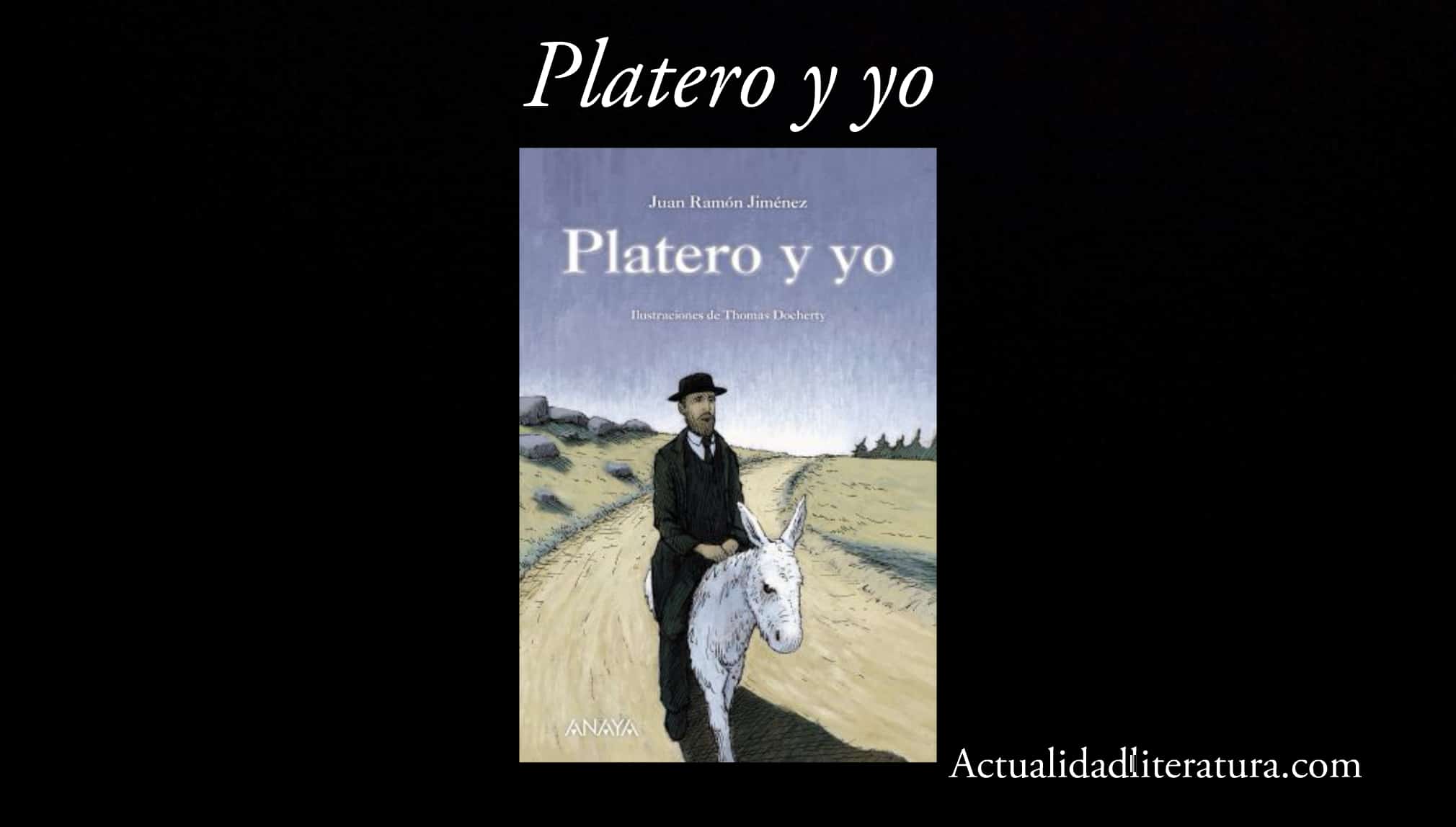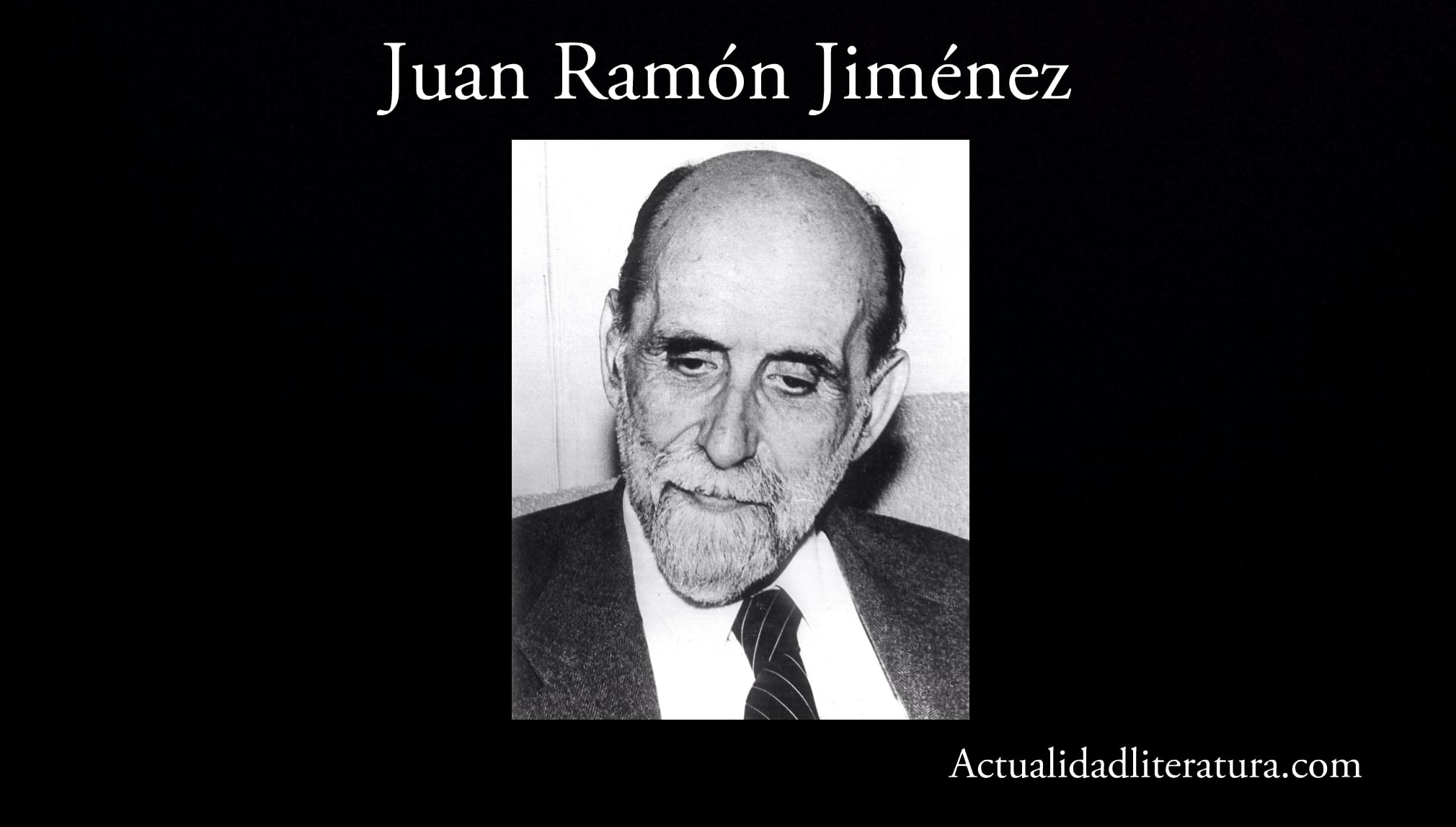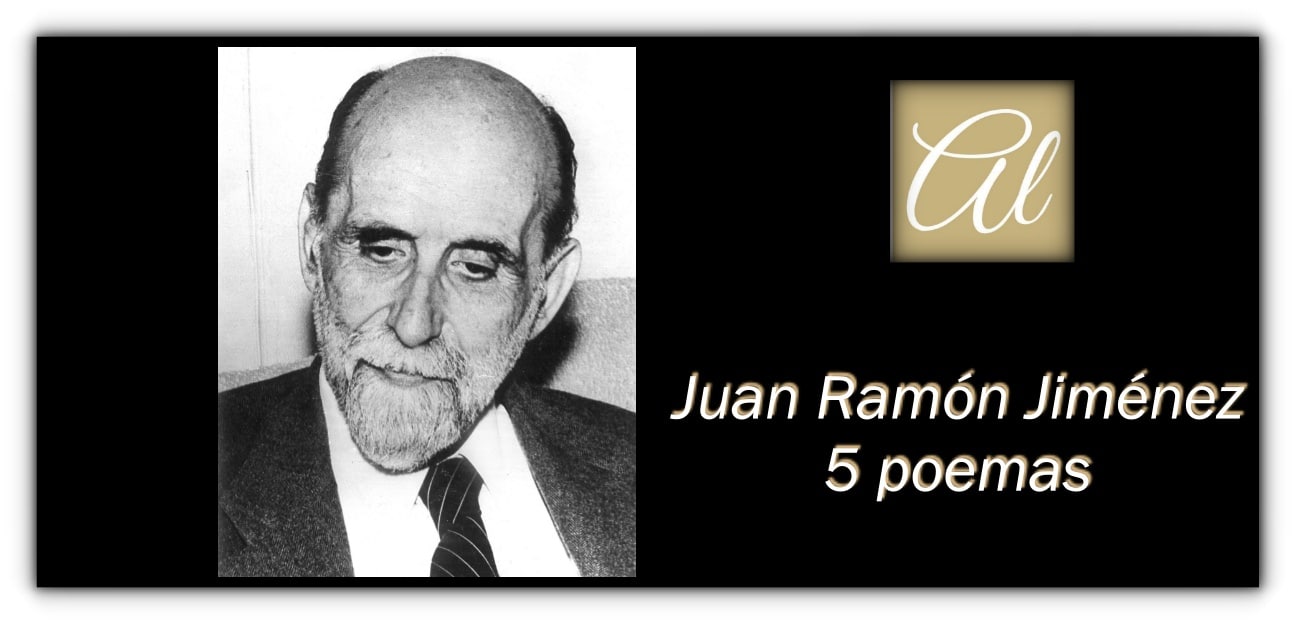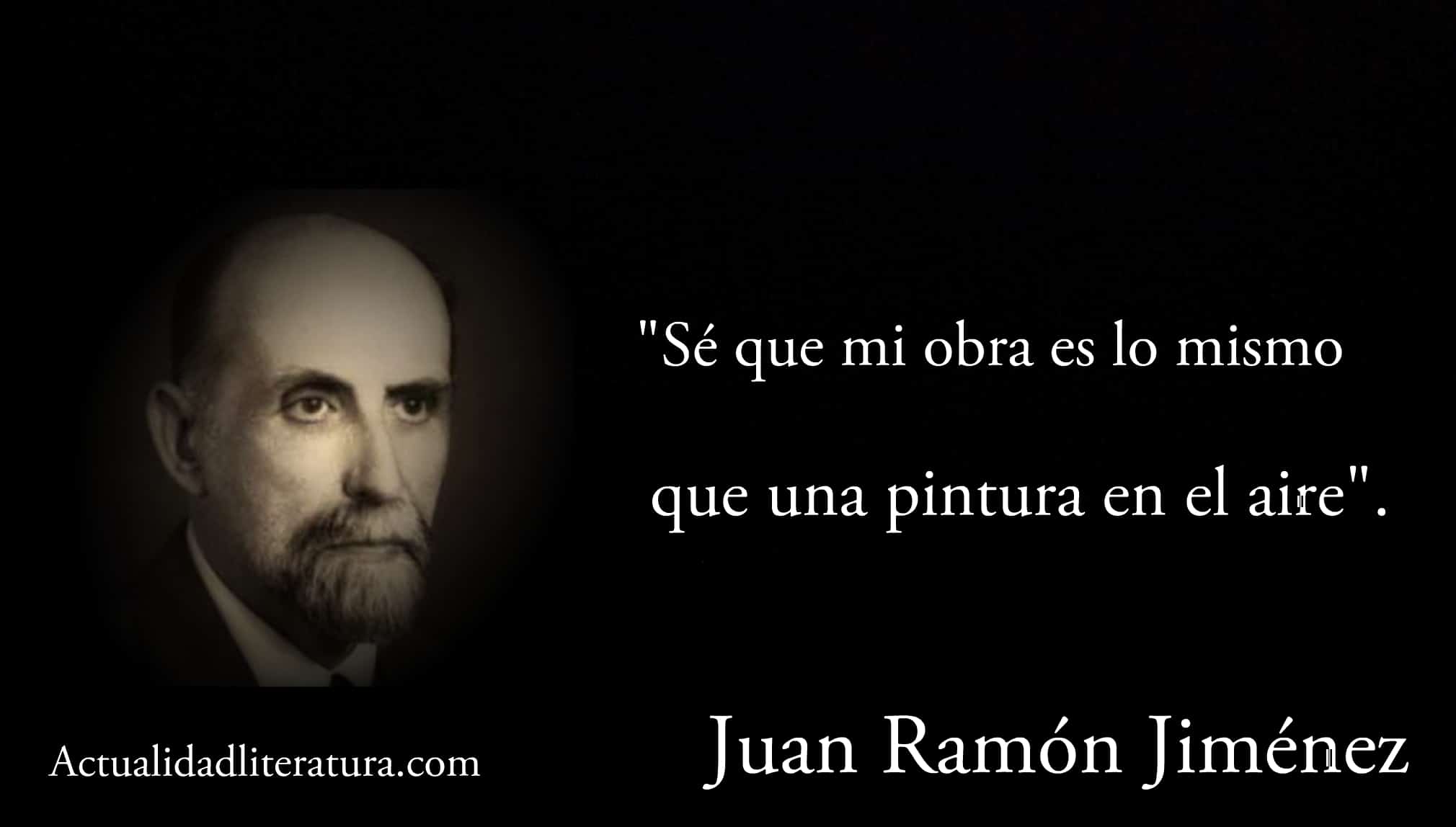
Platero and me.
Platero and me It is one of the most emblematic lyrical pieces written in Spanish. Work of José Ramón JiménezThere are 138 chapters whose plot revolves around the adventures of a young Andalusian peasant in the company of a friendly and eloquent donkey. His verses describe feelings, landscapes, experiences and behaviors typical of rural Spanish society at the beginning of the XNUMXth century.
Although many take it as an autobiography - and, indeed, eThe text contains some of his own experiences—, Jiménez clarified several times that it is not a “fictionalized” personal diary. But the emotion evident and reaffirmed by the author is the love manifested towards his native land.
The author
Juan Ramón Jiménez is one of the most prominent Iberian writers of the first half of the XNUMXth century. He was born in Moguer, Huelva province, Spain, on December 23, 1881. There he studied basic and secondary education. Then he moved to Puerto de Santa María, in Cádiz, where he obtained a Bachelor of Arts degree from the San Luis Gonzaga school.
Youth and early publications
By parental imposition, he studied Law at the University of Seville, but dropped out before finishing his degree. In the capital of Andalusia, During the last five years of the XNUMXth century, he believed he found his artistic vocation in painting. While it was an exciting occupation for, he soon understood that his true potential lay in the lyrics.
Thus, He quickly redirected his efforts and began to cultivate poetry in various newspapers in Seville and Huelva.. With the entry of the 1900s, he moved to Madrid, the city where he managed to publish his first two books: Nymphaeas y Souls of Violet.
The Depression
His irruption within Spanish literary circles marked the beginning of a brilliant career, crowned with the obtaining of a Nobel Prize for Literature in 1956. However, His first steps to glory were also marked by a constant struggle against depression.. This illness accompanied him for the rest of his days ... and finally led him to the grave in 1958.
His father's death in 1901 triggered the first of many battles against this terrible affliction. He was interned in sanatoriums for a while, first in Bordeaux and then in Madrid. The death of his wife in 1956 was the final blow. The death of his partner occurred just three days after the news of the recognition of his career by the Swedish Academy was published.
Regarding this, Javier Andrés García states the following in his doctoral thesis at the UMU (2017, Spain):
«From the analysis carried out we have reached the following conclusions. First, that it is possible to identify the typical features of the mystical process in the classic three-stage division of the Juanramonian poetic work. This finding would have multiple hermeneutical implications, since it reveals the possible existence of a deeper substratum intimately linked to his poetic production. Second, that Juan Ramón Jiménez suffered throughout his life symptoms compatible with a melancholic depressive disorder, which can be traced both in his autobiographical and lyrical stories »...
The civil War

Juan Ramon Jimenez.
Like many of his contemporaries, Jiménez was a staunch defender of the Republic. Consequently, with the triumph of the rebellious forces that led Francisco Franco to power in 1936, he had to escape into exile to save his life. He never returned to Spain; He lived in Washington, Havana, Miami and Riverdale, until finally settling in San Juan, Puerto Rico.
Platero and me: the transition of a great artist
Besides being an iconic piece of Castilian literature, Platero and me represents a before and after within Jiménez's poetry. Well, he moved away from the typical modernist style - where forms predominated over feelings - towards a writing whose content gives prominence to real experiences and emotions.

The author himself, in one of the final pages, announces this transition openly. Using a metaphor for this, one of the most used resources in the entire work: "What a joy it must be to fly like this!" (like a butterfly). "It will be as it is for me, true poet, the delight of verse" (...) "Look at her, what a delight to fly like this, pure and without rubble!".
The adjectival to the fullest
Along with metaphors, another of the "strategies" used by the poet to shape his lines and catch the public, was the ironclad adjectives. This gave his scenes extremely minute details. Therefore, Even the most careless of readers have little trouble seeing themselves right in the middle of the rural landscapes of 1900 Andalusia..

Quote by Juan Ramón Jiménez.
Such descriptive density is evident in the following segment of the initial lines: “Platero is small, hairy, soft; so soft on the outside, that one would say that it is made of cotton, without bones. Only the jet mirrors of his eyes are hard like two black glass beetles ”(…)“ He is tender and cuddly just like a boy, like a girl…, but dry and strong inside like a stone ”.
A children's story (which is not a children's story)
You can buy the book here: No products found.
Since its original publication in 1914, Platero and me it was taken by the public as a story for children. However, Jiménez himself quickly came up with that statement. Specifically, the Andalusian poet clarified it in the preface to a second edition. In this regard, he points out:
“It is usually believed that I wrote Platero and I for children, which is a children's book. No (…) This short book, where joy and sorrow are twins, like Platero's ears, was written for… what do I know for whom! (…) Now that he goes to the children, I do not put or take a comma from him. (…) I have never written nor will I write anything for children, because I believe that children can read books that men read, with certain exceptions that we all think of. There will also be exceptions for men and women, etc. ”…
Of life and death
The full, beautiful and bright life, captured by the author through the colors and warmth of summer to frame the beginning of his work. Then, the development of the text does not carry a chronological succession of events, although it is clear that time moves forward as part of an infinite cycle. The end of this journey - its closing, the sunset - is represented by autumn and winter.
But life does not end even with death. The end - which the narrator assures will not happen with Platero - comes with oblivion. As long as the memories are alive, a new flower will resurface and germinate on the earth. And with it, spring will return.